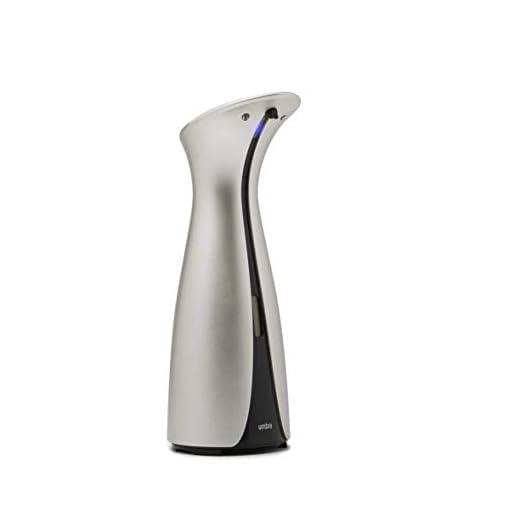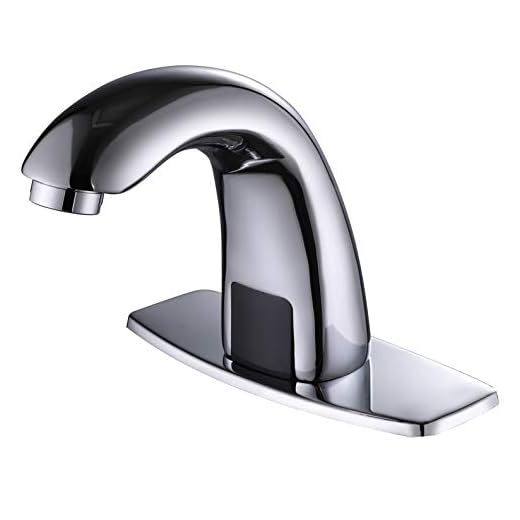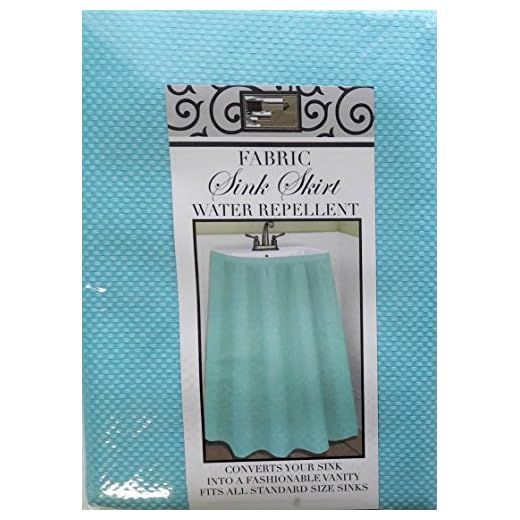At Pandemic Pal, we are all about helping people with disabilities, chronic illnesses and underlying conditions stay safe from the coronavirus (COVID-19). Since we are disabled-owned and operated, we know firsthand that our community faces unique challenges when it comes to following safety recommendations. Things that seem simple may be far more complicated for us, and that starts with the most-repeated piece of advice during this pandemic: wash your hands.
Why is it hard for some people with disabilities to wash their hands?
Thorough hand washing is often difficult for people with mobility impairments. People with arthritis or hand weakness may struggle to turn on a faucet or operate a soap dispenser. People with limited coordination and/or involuntary movements caused by conditions like cerebral palsy and Parkinson's disease may drop or tip over bottles of soap and be unable to rub their hands together effectively. Even if a wheelchair user has full use of their hands, they may not be able to reach their sink if their home is not accessible.
Luckily, with a bit of creativity, many of these barriers can be reduced or removed. Here are some low-cost tools to make hand washing easier with a disability or chronic health condition.
Disclaimer: Pandemic Pal does not sell the products listed below, we are simply providing a service to make them easier to find. We cannot guarantee the quality or effectiveness of any specific product or vendor. Therefore, we make no claims that any products listed on our site will mitigate, prevent, treat, diagnose or cure any disease or health condition. This page contains affiliate links, which means if you choose to make a purchase, we may earn a commission at no additional cost to you. Learn more.
Disability Hand Washing Problems and Solutions
Problem: Operating a pump soap dispenser is difficult
Solution: Automatic soap dispenser
Automatic soap dispensers are battery-powered and contain a sensor that detects when you place your hand under the spout. You get instant soap without having to squeeze or push anything. Automatic soap dispensers also reduce the potential spread of COVID-19 because there's no need to touch them before or after washing your hands. You can fill them with any type of soap you want, and they make the soap go a long way — so you won't need assistance too often if you can't refill it yourself.
Problem: Sink handles are hard to turn due to limited hand strength
Solution 1: Grip assist tool
Unfortunately, some bathroom and kitchen sinks can be very difficult to operate if you have limited use of your hands — especially sinks with knobs instead of levers. The simplest, cheapest solution is to use a silicone jar opening device. There are many styles to choose from, so hopefully one will work for your sink controls. Be sure to wash it often so it's not contaminated from being touched prior to hand washing.
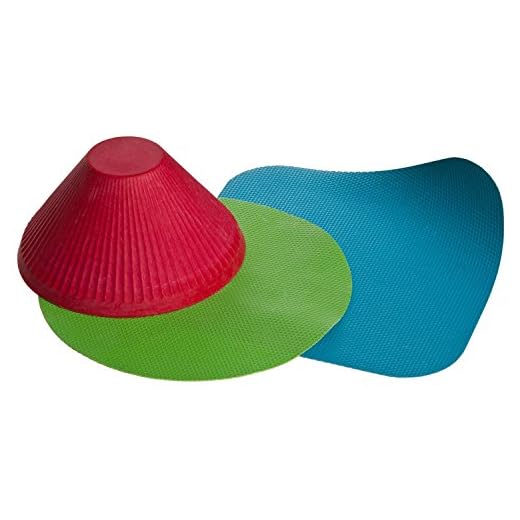

Solution 2: Automatic faucet
An automatic faucet completely eliminates the need to turn knobs or handles, and just like automatic soap dispensers, it reduces exposure to harmful viruses and bacteria. You can buy automatic faucets for both kitchens and bathrooms, as well as add-ons that make your current fixtures touchless — a great option if you're a renter.
Problem: It's hard to rub your hands together or scrub them effectively
Solution: Use a wash cloth or exfoliating cloth
Instead of rubbing your hands together, try rubbing them against a soapy wash cloth in the sink or on the counter. Face cloths are an excellent option as they are lightweight and soft against your skin if you have sensory sensitivities. If you need a stronger scrub, you can use an exfoliating face cloth instead.
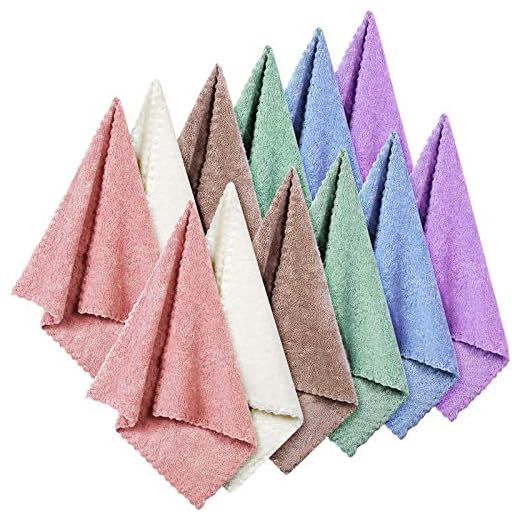
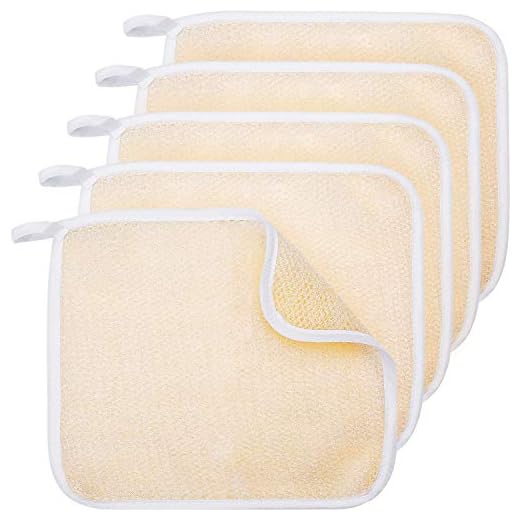
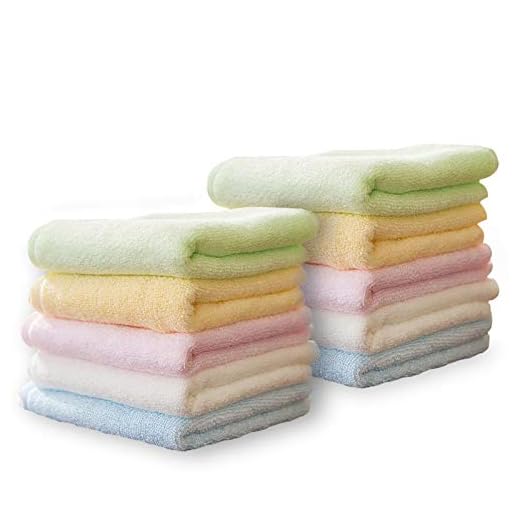
Problem: Sink has no space for a wheelchair to fit underneath.
Solution: Remove sink doors and divider.
With a screwdriver, remove the sink hinges and store the doors in a safe place. When you're ready to move out, just reattach them.
Unfortunately, many sinks have a divider between the doors, so removing them may not be enough for wheelchair access. You'll need to use a hand saw to cut out the divider. Don't throw it away! You can reattach it with wood glue and touch up the seams before moving out, or attach a thin piece of wood to the back of one of the doors to hide the gap.
You can easily hide the ugly open area under the sink with a sink skirt or cafe curtains and a tension rod.
Problem: No sinks in the house are accessible, and modifying them is not possible right now.
Solution: Use a wash basin or portable sink.
In a pinch, you can use a wash basin to clean your hands. Filling it up may be the trickier part, but there are quite a few options for hose sprayers that connect to a kitchen or bathroom sink. If you have access to an outdoor spigot, you can use a portable camping sink and drain the used water into a bucket.

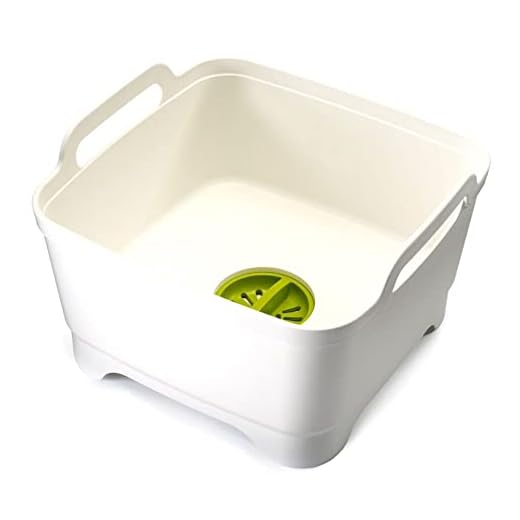
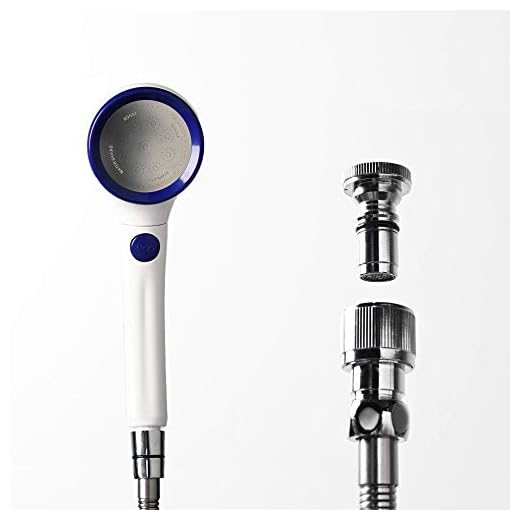

Do you have a creative solution to a disability hand washing problem? Let us know and we'll add to this guide!
Photo by Christine Sandu on Unsplash


